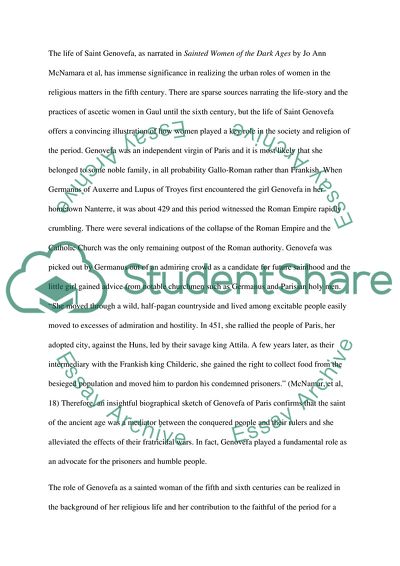Cite this document
(The Biographical Sketch on Genovefa Essay Example | Topics and Well Written Essays - 1500 words, n.d.)
The Biographical Sketch on Genovefa Essay Example | Topics and Well Written Essays - 1500 words. https://studentshare.org/literature/1745061-biographical-sketch
The Biographical Sketch on Genovefa Essay Example | Topics and Well Written Essays - 1500 words. https://studentshare.org/literature/1745061-biographical-sketch
(The Biographical Sketch on Genovefa Essay Example | Topics and Well Written Essays - 1500 Words)
The Biographical Sketch on Genovefa Essay Example | Topics and Well Written Essays - 1500 Words. https://studentshare.org/literature/1745061-biographical-sketch.
The Biographical Sketch on Genovefa Essay Example | Topics and Well Written Essays - 1500 Words. https://studentshare.org/literature/1745061-biographical-sketch.
“The Biographical Sketch on Genovefa Essay Example | Topics and Well Written Essays - 1500 Words”. https://studentshare.org/literature/1745061-biographical-sketch.


